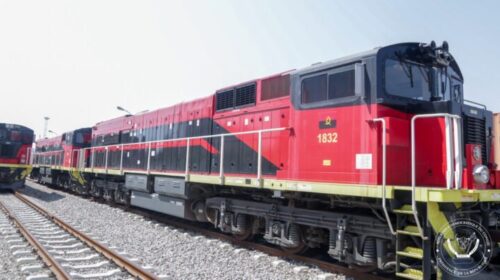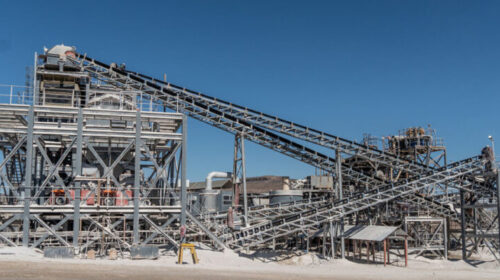Sub-Saharan Africa’s Energy Transition Minerals Valued at $2 Trillion by 2050
Sub-Saharan Africa is poised to play a significant role in the global energy transition, with the potential to generate nearly $2 trillion from the production of essential metals by 2050, according to the International Monetary Fund (IMF).
In a paper released on Friday, the IMF outlined that global revenue from mining key metals such as copper, cobalt, lithium, and nickel could soar to $16 trillion over the next 25 years, as projected by the International Energy Agency (IEA). Sub-Saharan Africa is expected to contribute around 12% of this total output.
The Democratic Republic of Congo (DRC) currently leads in cobalt production, accounting for over 75% of the world’s supply, and ranks as the second-largest copper producer globally.
Other countries like Zimbabwe, Ghana, and Mali are also positioning themselves to become significant players in lithium production.
The IMF emphasized that the burgeoning demand for minerals crucial to electric vehicles and renewable energy technologies presents a promising opportunity for the region. However, to maximize benefits, the report underscores the importance of investing in domestic processing capabilities.
While highlighting the potential benefits, the IMF also cautioned about the risks associated with rapid technological advancements, particularly in electric vehicle batteries, which could render certain minerals obsolete over time.
In contrast, the IMF projected that revenue from fossil fuel sales in sub-Saharan Africa would amount to $625 billion during the same period, indicating the region’s evolving energy landscape and the growing importance of clean energy sources.
Overall, the IMF’s findings underscore the significant economic potential for sub-Saharan Africa in the global transition towards sustainable energy, urging proactive investment and strategic planning to capitalize on emerging opportunities while navigating potential challenges.
91 total views , 1 views today





